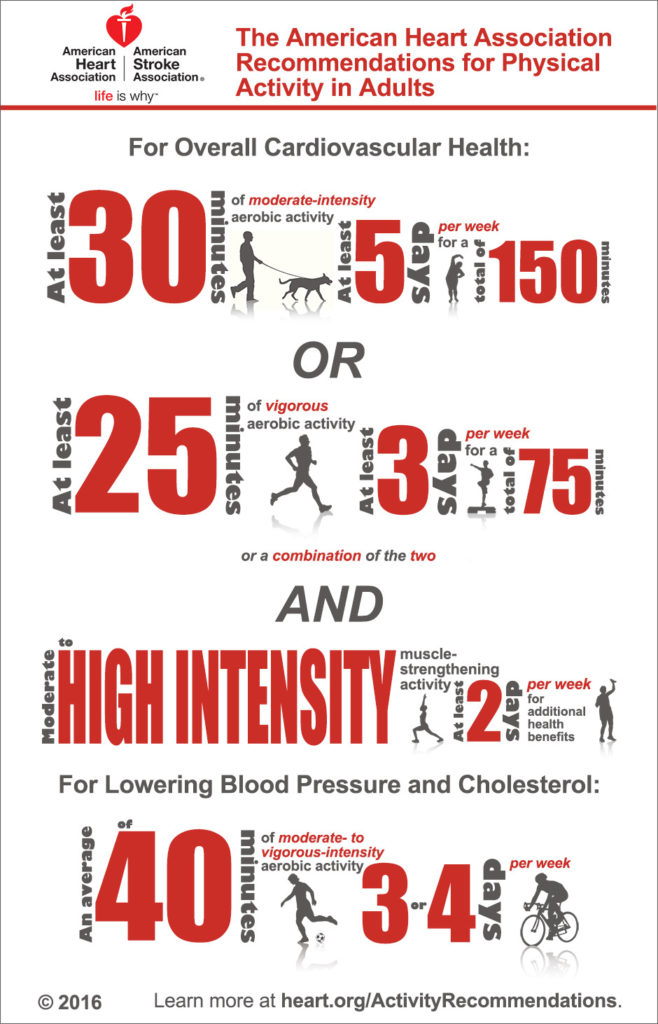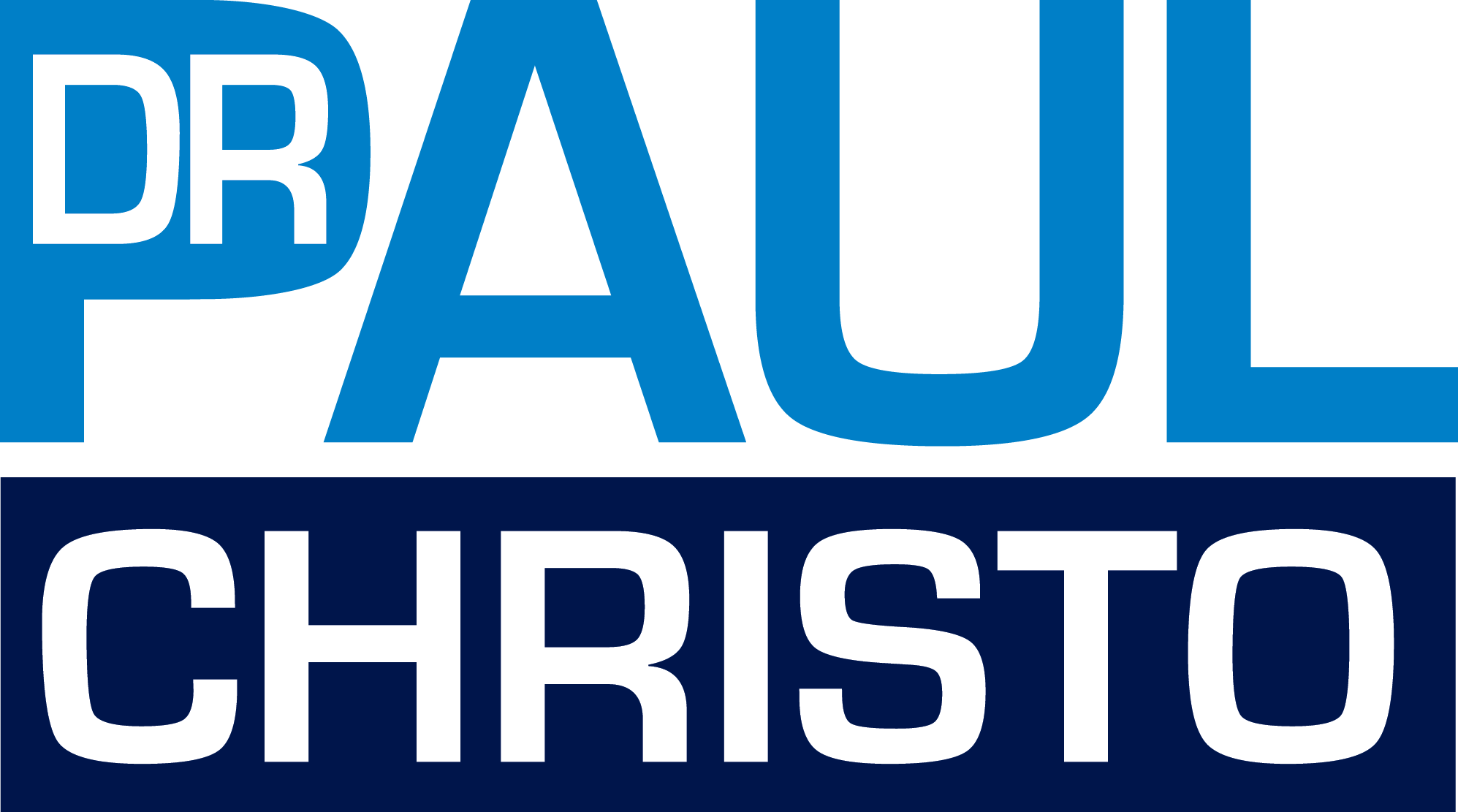![]()
Throughout February, Aches and Gains has celebrated American Heart Month. The chronic pain associated with heart disease, commonly resulting from obesity, high blood pressure and diabetes, can be devastating for those living with these cardiovascular conditions and their loved ones. As I’ve previously shared, it is essential to recognize the warning signs for a heart attack or stroke, particular among at risk groups such as Baby Boomers and African Americans. These signs include:
- Chest discomfort/pain
- Shortness of breath
- Pain in the left arm
- Face drooping
- Arm weakness
- Speech difficulty
- Cold sweat, nausea, lightheadedness
Research shows that regular and consistent physical activity greatly improves the health of your heart. For cardiovascular health, the American Heart Association recommends moderate intensity exercises should be done five times a week.
Your heart needs exercise to maintain its strength. It’s a muscle. When you don’t exercise your other muscles, they become smaller and weaker. The same thing can happen to your heart without frequent exercise. Taking a walk or biking for 60 minutes, five times a week, is essential for keeping your heart rate up.
Is 60 minutes too much? Try working up to a comfortable duration over a few weeks.
If you are looking for more vigorous exercise, move from less frequent to more frequent. Studies have shown that moderate exercise for longer periods of time, and high intensity interval training for shorter periods of time are equally effective.
For harder workouts, stick to around 30 minutes, three times a week. This will strengthen your heart and your lungs. Be sure to also include less intense workouts as well to give yourself some rest and prevent injury.
Some added benefits to these exercises are lowering blood pressure and cholesterol which can lead to heart attacks and/or stroke – the most common killers of men and women in the United States.
When you have high blood pressure, the heart struggles to pump blood throughout the body. If your heart is stronger and the blood vessels are free of plaque build up, the heart will be able to push the blood efficiently throughout your body.
What if I don’t have time?
This seems to be the biggest obstacle most of us face. There is never enough time to fit in exercise after work, school, making dinner, cleaning the house, extracurricular activities, etc.
Your exercise does not always have to be a straight hour. Splitting your exercise into 10-15 minutes throughout your day will also have great benefits! When you want to take a break at work, climb a few flights stairs and do a few squats or take a walk on your lunch break. Or why not take your dog on a short walk everyday or an extra long one on your day off, then you’ll start to see your health improve. You may wish to invest in some waterproof sneakers so that you are able to go out in the rain as well as the sun.
Anything that gets your body moving and your heart racing is healthy for your heart. Exercises like stretching, playing sports, running on a treadmill or elliptical, and hiking are all valid forms of exercise. If you dread exercise because it bores you, try something fun! Include variety in your workouts. Your heart will thank you.
The American Heart Association emphasizes that SOMETHING is always better than nothing. Never give up. We all have to start from somewhere, but starting is what counts. Exercising doesn’t get easier, you just get better.
Pain-suffers should always consult their physician before beginning a new exercise routine. Remember, no one is immune to pain but together we can overcome it.

Source: The American Heart Association
